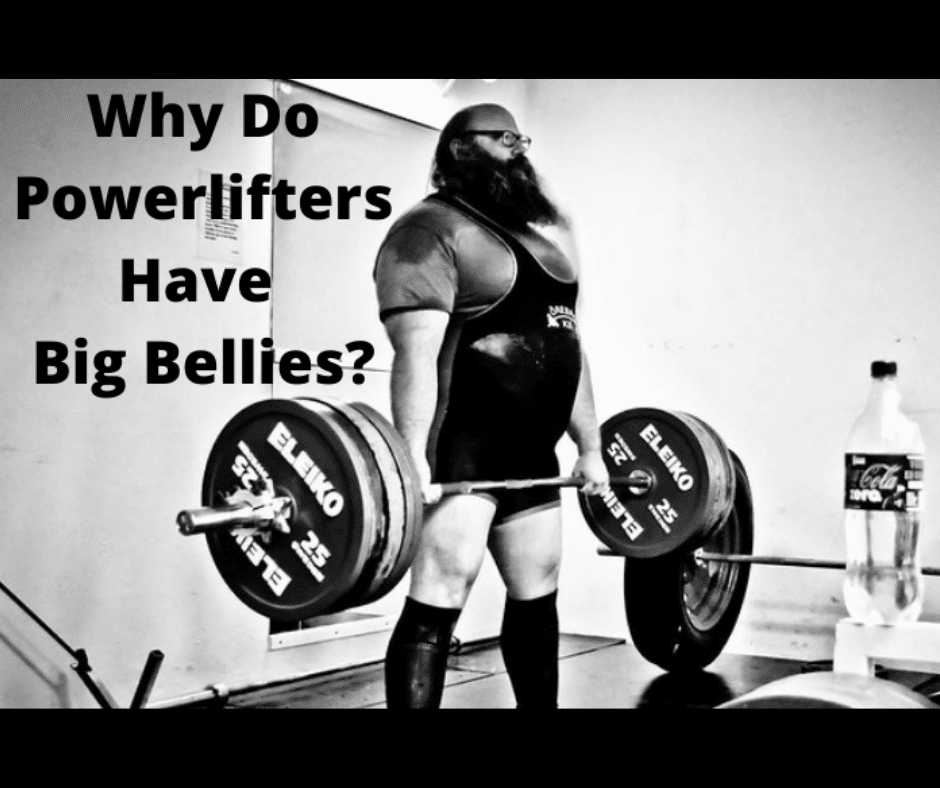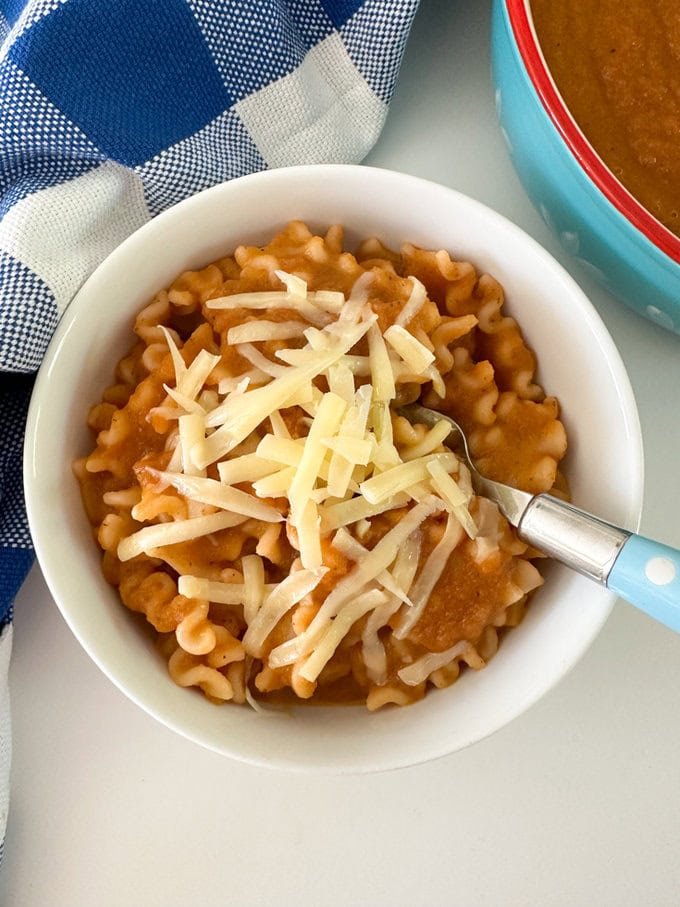[ad_1]
The appearance of larger abs in powerlifters, as opposed to a more muscular appearance, can be attributed to their high carbohydrate and calorie intake. This diet strategy is essential to provide the energy needed to lift extremely heavy weights during their training routines.
It’s about calorie consumption

I think it’s pretty clear that “big” in relation to the body usually happens through calorie consumption.
You should eat a calorie surplus if you want to get bigger and stronger.
So if you’re wondering why you’re not putting on muscle even though you train like a demon, it’s because of your diet and nutrition.
Powerlifters are all about muscle and strength, so it makes perfect sense that they should eat a large amount of calories.
The truth is that they are almost in a state of constant growth.
The heavyweight divisions of Olympic powerlifting and weightlifting, as well as competitors in World’s Strongest Man, will usually reveal some very large abs.
The difference between Powerlifters and Bodybuilders
When you consider a bodybuilder, they will also initially go through the growth phase.
This includes high-intensity exercise and eating a lot.
Basically, doing everything they can to grow as much muscle as possible.
Unfortunately, fat comes as part of the deal with all the extra calories.
However, a bodybuilder will then usually go through a cutting phase.
This involves following a very strict diet to eliminate fat.
In fact, I’m sure you’ve heard a lot bodybuilders live on chicken, broccoli and rice.
However, even an ingredient like rice is likely to take a back seat during a bodybuilder’s cutting phase.
They will also pull back on their workouts, but still do enough to maintain as much muscle mass as possible.
That being said, the cutting phase will also deplete the athlete of a lot of strength.
Basically, they become much weaker.

Now, if we look at things from the empowerer’s perspective, the last thing they want is to lose strength and become weaker.
Powerlifting is all about building as much raw strength as possible.
This allows you to lift the heaviest loads within your reach.
So a power lifter will not go through a cutting phase, especially when training for a competition.
Without a doubt, moving a large amount of weight will burn a large amount of calories.
The solution once again is to consume even more calories.
You have to remember that you can eat as “clean” as you want.
But excess calories are just that. If they are not burned during your normal daily activities, they will be stored as fat.
However, this is a bit of a concern for a power lifter.
More body mass means being able to move more barbell mass.
Lower Volume Powerlifters Training
Something else to consider is the total volume of work a powerlifter does during a session.
Okay, I’ve already mentioned that moving a lot of weight will burn a lot of calories.
However, this does not work in the same way as high volume training.
Plus, let’s not forget that it’s impossible to spot a reduction in body fat.
But, the same cannot be said when it comes to gaining body fat.
For the vast majority of us, a surplus of calories will usually make its way to our stomachs.
If you’ve ever changed your training protocols, you’ve probably noticed the same thing yourself.
Let’s say you’ve had a real focus on hypertrophy and conditioning for a few months.
You then decide to shift your focus to pure raw strength training.
Even though you are lifting with just as much intensity, if not more, you will usually notice that you are gaining weight.
You’ll probably end up taking in more calories as your energy levels feel severely depleted from training.
Plus, even though you’re moving much heavier loads, your overall volume will have dropped significantly.

The type of exercise can produce a big belly
Now, when I talk about the “type of training” a powerlifter does, it’s not so much about the lack of cardio and ab work.
In fact, powerlifters will definitely work their abs and core.
Almost every movement we do originates from the core, so it is essential for a power lifter to have an extremely strong core.
In fact, heavy squats are part of a powerlifter’s training regimen.
Oh yes, even though powerlifters are in a constant state of growth, they still train the abs.
But this is no ordinary weight loss.
Depending on the athlete, you could be talking about doing 300-500lb sets of 15 reps.
Yes, this will work your abs, but it will also build huge slabs of stomach muscle.

You should also consider how these athletes use their weight belt.
While most of us will use a strap to stabilize the core and protect the lower back, a power lifter also uses it to target their breathing.
During extremely heavy meetingsdeadlifts and bench presses athletes will literally push their stomachs as hard as possible.
The goal here is to press your stomach as hard as you can against the belt to provide extra support.
If you do this many times a day, for weeks, months and years, you will end up with a bigger belly.
Former power lifter and current strength coach, Louie Simmonsonce said, “If you want a small waist, then powerlifting is not your sport.”
The role of steroids

Steroids can play a role in producing a large belly.
In fact, there is a term known as “Eroid gut”although this is more prevalent in bodybuilders than powerlifters.
It is actually known as palumboism.
This is when the oblique muscles thicken and actually force the rectus abdominis muscles outward.
In fact, it is not steroids that cause this “big belly”, but other performance enhancing drugs.
These include insulin, human growth hormone, and various anabolic peptide hormones.
With that said, the opposite can also be said for some steroids.
In fact, there are some steroids that will increase your metabolism and increase your total daily energy expenditure.
This will actually make you burn calories and body fat, while also improving recovery so you can train harder and longer.
So from a power lifter’s perspective, to combat this “calorie burn” the obvious solution is to eat more.
And then we’re back to where we started – higher calorie intake equals more body fat.
Key points of the lesson
- Powerlifters are required to take in a large number of calories to sustain their training.
- It’s not unheard of for powerlifters to eat DURING their training sessions.
- Powerlifting training involves pushing your stomach far out. The stomach is usually “forced” into a weightlifting belt so that the lifter can target their breathing.
- Abdominal training for powerlifters involves heavy weights which will build large slabs of abdominal muscle, thus making the stomach look bigger.
- Steroids may play a role, whether it’s because of palumboism or the need to consume more calories.
Want to try a powerlifting type workout (just 3 exercises) that will help you add 14 pounds of lean muscle in just 60 days? check out Anabolic Aftergrowth training program.

Hi, I’m Partha, owner and founder of My Bodyweight Exercises. I am a level 3 personal trainer and certified strength and conditioning specialist through the Register of Exercise Professionals, UK. I have been a regular gym goer since 2000 and have been training clients since 2012. My goal is to help you achieve your body composition goals.
[ad_2]







